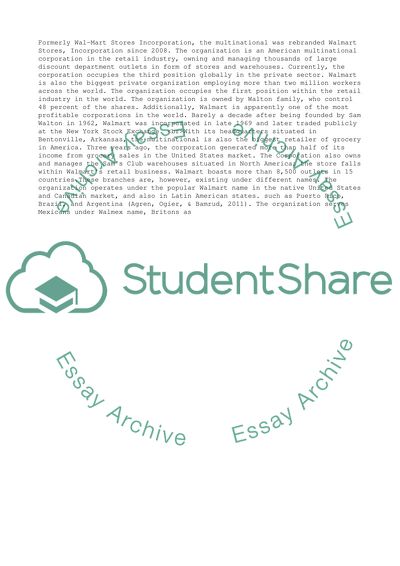Cite this document
(“Poor employee motivation and compensation at Walmart Stores Inc Research Paper”, n.d.)
Retrieved from https://studentshare.org/management/1457279-poor-employee-motivation-and-compensation-at-walmart-stores-inc
Retrieved from https://studentshare.org/management/1457279-poor-employee-motivation-and-compensation-at-walmart-stores-inc
(Poor Employee Motivation and Compensation at Walmart Stores Inc Research Paper)
https://studentshare.org/management/1457279-poor-employee-motivation-and-compensation-at-walmart-stores-inc.
https://studentshare.org/management/1457279-poor-employee-motivation-and-compensation-at-walmart-stores-inc.
“Poor Employee Motivation and Compensation at Walmart Stores Inc Research Paper”, n.d. https://studentshare.org/management/1457279-poor-employee-motivation-and-compensation-at-walmart-stores-inc.


